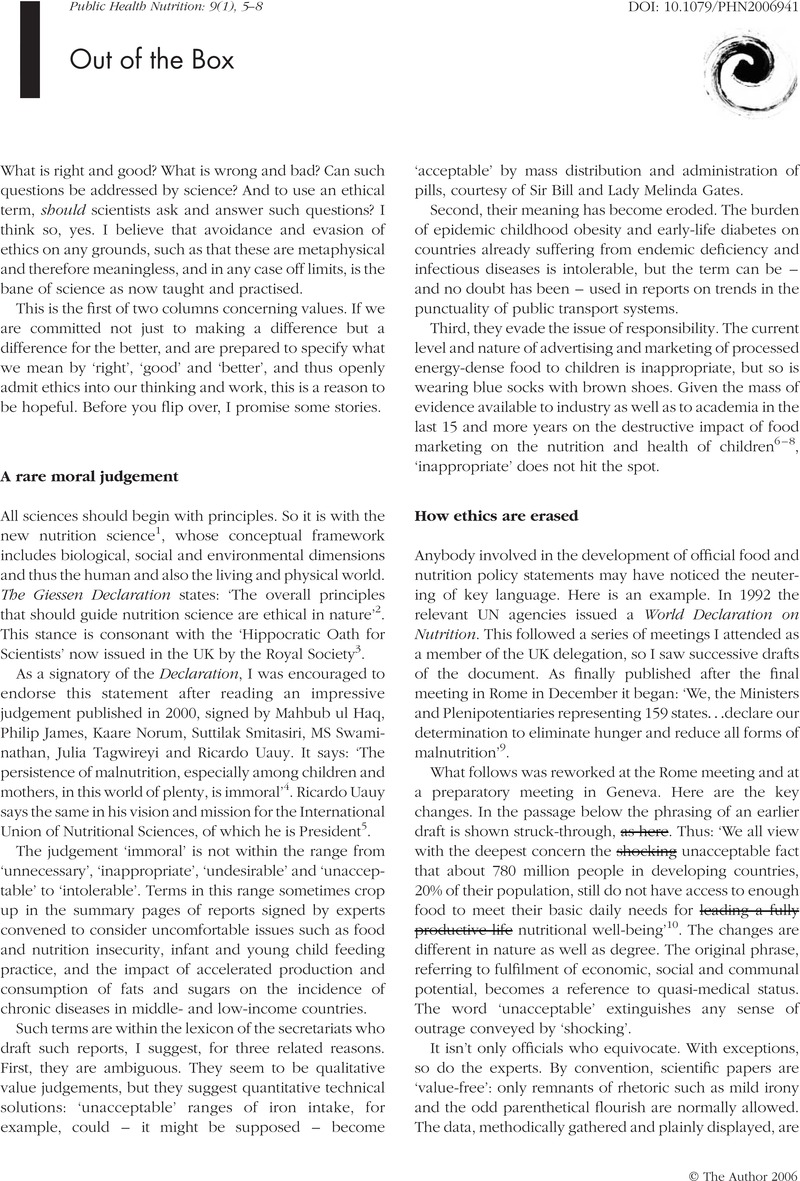Crossref Citations
This article has been cited by the following publications. This list is generated based on data provided by Crossref.
Walden, Najjuwah
Zimmerman, Rachel
Crenshaw, Drew
and
Iannotti, Lora
2024.
Encyclopedia of Adolescence.
p.
289.



